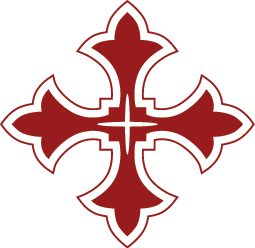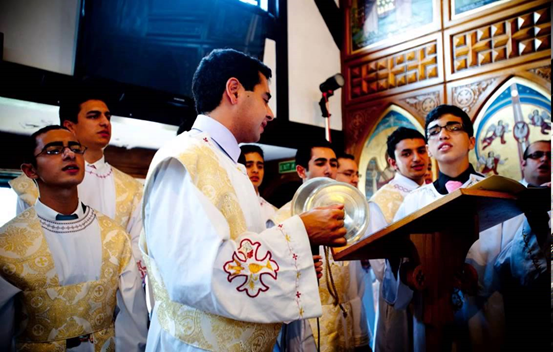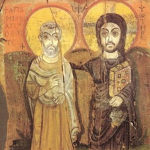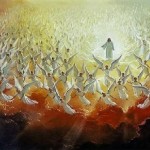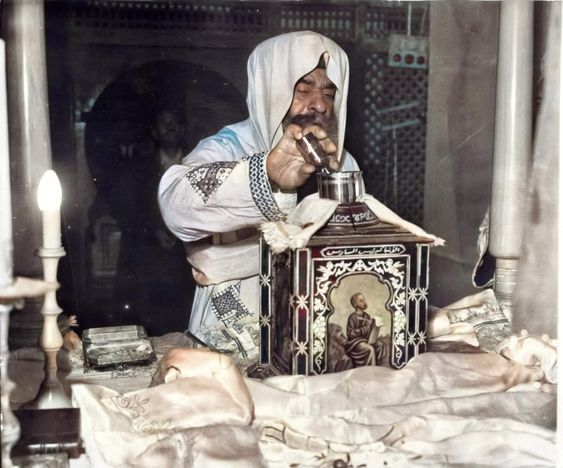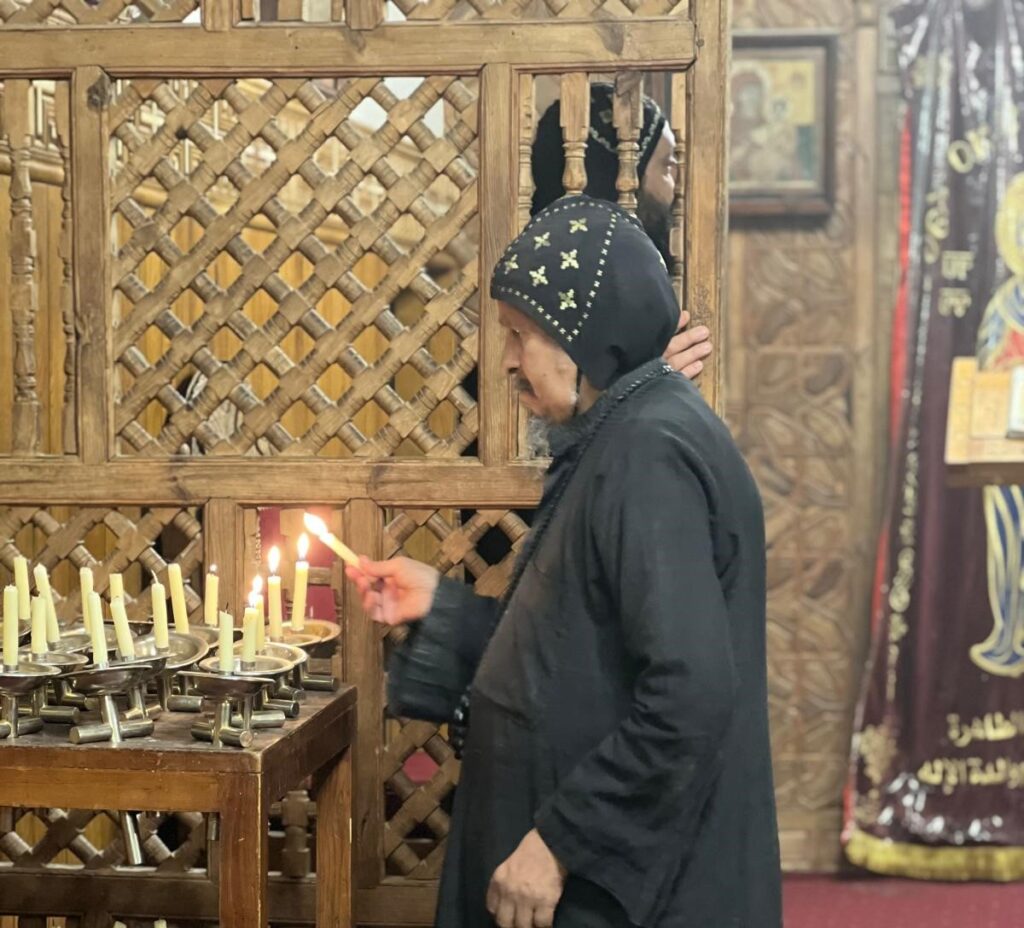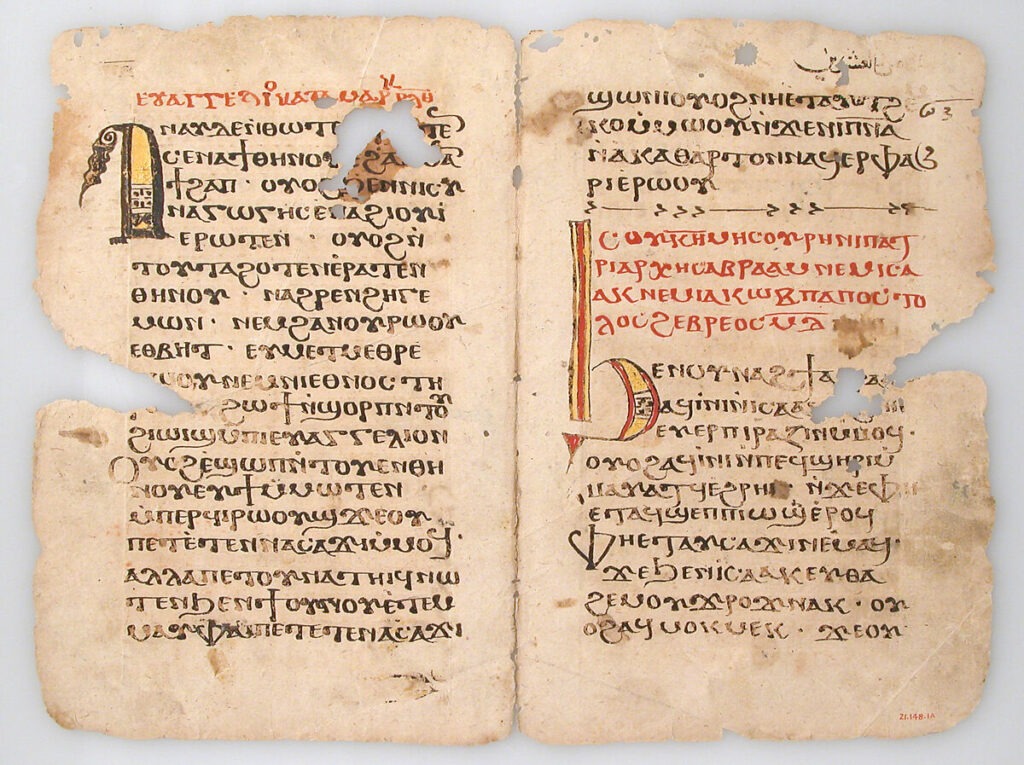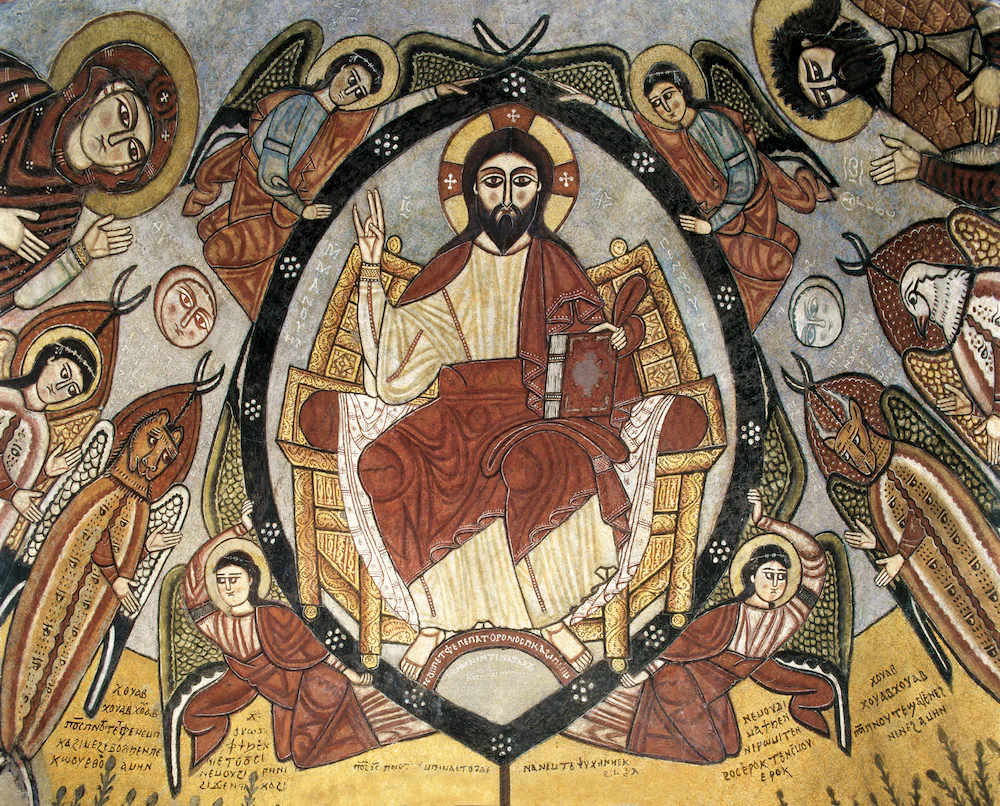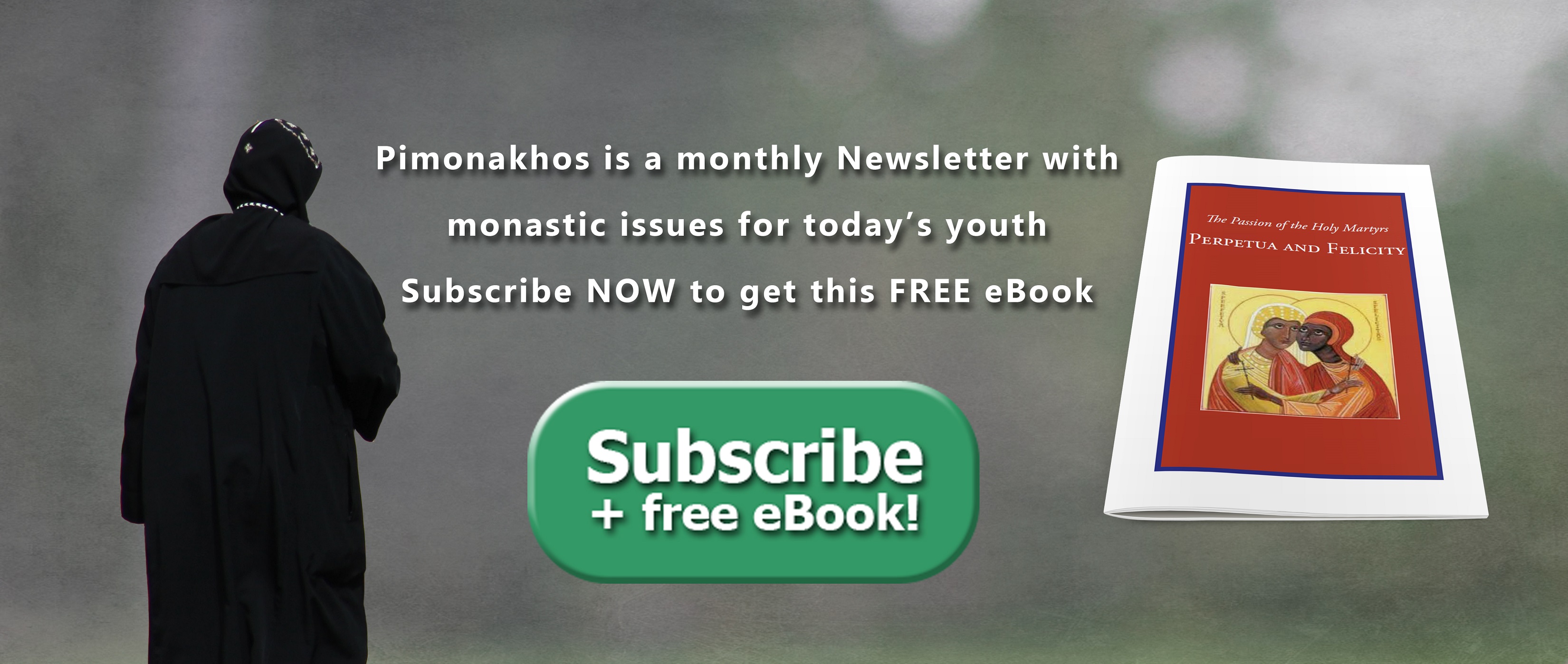The tasbeha, or the midnight praise, is an important component of the life of the church and all of her members. For many generations, it has been prayed daily by thousands of monks in monasteries all over the world and the question that we thus need to ask is “Why?” What is the point of …
The tasbeha, or the midnight praise, is an important component of the life of the church and all of her members. For many generations, it has been prayed daily by thousands of monks in monasteries all over the world and the question that we thus need to ask is “Why?” What is the point of praising in this manner every day? What do the monks benefit from praising through tasbeha? Can the rest of the congregation reap these benefits?
The answer to many of these questions is found in an unlikely place – Isaiah 6, where Isaiah describes the vision of heaven the Lord revealed to him in calling him to be a prophet. Isaiah describes a beautiful image of the angels praising God; “each one [seraphim] had six wings: with two he covered his face, with two he covered his feet, and with two he flew. And one cried to another and said: “ Holy, holy, holy is the LORD of hosts; The whole earth is full of His glory!”
And it is this very formula that the church emulates – with one group crying out to the other in praise. The fact that tasbeha is a journey to heaven will become clearer as we discuss the various components of the praise…
Arise O Children of Light: We start our journey with a pleading to God – that we, the children of light, arise in order to praise the Lord of hosts. We beg the Lord that he awakes us from our spiritual slumber. The verses in this praise are all concluded with “Glory be to You O Lover of Mankind” which sets the scene for the rest of the tasbeha – we are here purely to praise the Lord.
The First Hoos (or Canticle): The word canticle means “praise” and the words of the four canticles are taken directly from the Bible. The first canticle is taken from Exodus 15 (word for word) and is the praise of Moses and the Israelites after the Lord parted the Red Sea so that they could escape from the Egyptians. This is followed by the “Lobsh” (explanation) of the first hoos, which is the beautiful tune “Khen O Shoat.” During these praises, we can contemplate on how there was a Red Sea of sin separating us from the Lord and through His great love and mercy, this sea has been split and now we are in His presence with the heavenly hosts in praise.
The Second Hoos: The second hoos is from Psalm 135 and is also followed by the “Lobsh” which starts with “Maren oanh evol; Let us give thanks to Christ our God…” Unsurprisingly, the contemplation on this hoos comes from the explanation; “let us give thanks.” In the first hoos, the Lord has parted the Red Sea of sin, of preoccupation with this world, of whatever separates us from His prescence and now we thank Him!
The Third Hoos: The Third Hoos is the praise of the three saintly youth after the Lord delivered them from the furnace. It also is taken word for word from the book of Daniel; however it is found in the extra chapters that constitute a part of the deuterocanonical books. The Hoos is followed by the famous “Aripsalin – O Sing unto Him who was crucified.” The lesson we are taught in this Hoos comes from the somewhat strange verses in the middle – “Bless the Lord O sun and moon,” “Bless the Lord all the birds of the air.” The church teaches us that if all of humanity spent all of its days praising God, it would be insufficient! It is for this reason that we exhort the angels, the stars, the mountains and so on to praise the Lord – and it is also for this reason that the chorus of the hoos is “praise him and exceedingly exalt him.” Do I dare fall into the sin of being unthankful if the church is telling me that everyone and everything should praise Him above all forever?
The third hoos is then followed by the commemoration of the saints. We are slowly approaching the climax of tasbeha, which is addressing the Lord directly as He sits on His throne in heaven. As we approach him however, and are present in heaven, we see the saints all around us and ask for their intercessions. This is then followed by the Doxologies, which are a series of praises for St. Mary, the Heavenly hosts, as well as many of the saints. This is followed by the fourth hoos, which is psalms 148-150, which presents another opportunity to contemplate on the greatness of the Lord and the fact that He is worthy to be praised. It comes as no surprise that many of the hooses are centred on praise considering hoos is defined as praise!
This is followed by the Psali for the Lord Jesus Christ. We are very close to our final destination, but before we look at the throne of God and address Him directly, we look to the right hand of the throne towards St Mary and ask for he intercessions. The Psali for the Lord: This is the moment we have been waiting for. It starts off with “I sought after you from the depth of my heart,” and the chorus of “my Lord Jesus, help me.” If one keeps this final destination in mind at the beginning of the journey of praise, there will be two consequences. The journey will be easier, and the destination sweeter on arrival. It is at this point where we can place all our cares at the feet of Christ, or our problems pale into insignificance in His glory or our sins are illuminated, drawing us to repentance.
This is followed by the Theotokia of the Day, which is an extensive praise for St Mary, and then the Conclusion of the Theotokia (Your mercies O my God are countless…) and then the Conclusing Litany “Kerie Elesion (x3) O God have mercy on us etc.)
It is thus clear that the ancient treasure of tasbeha allows us to participate in the heavenly duty of praising the Lord. The benefits of doing this everyday are many – and the depth of the praise is such that we can choose to contemplate on a different aspect every single time, and yet never reach the depths of the experience of standing in the presence of God with the congregation of the saints surrounding…
Join Us: Sign Up Today!

